
Lot 18
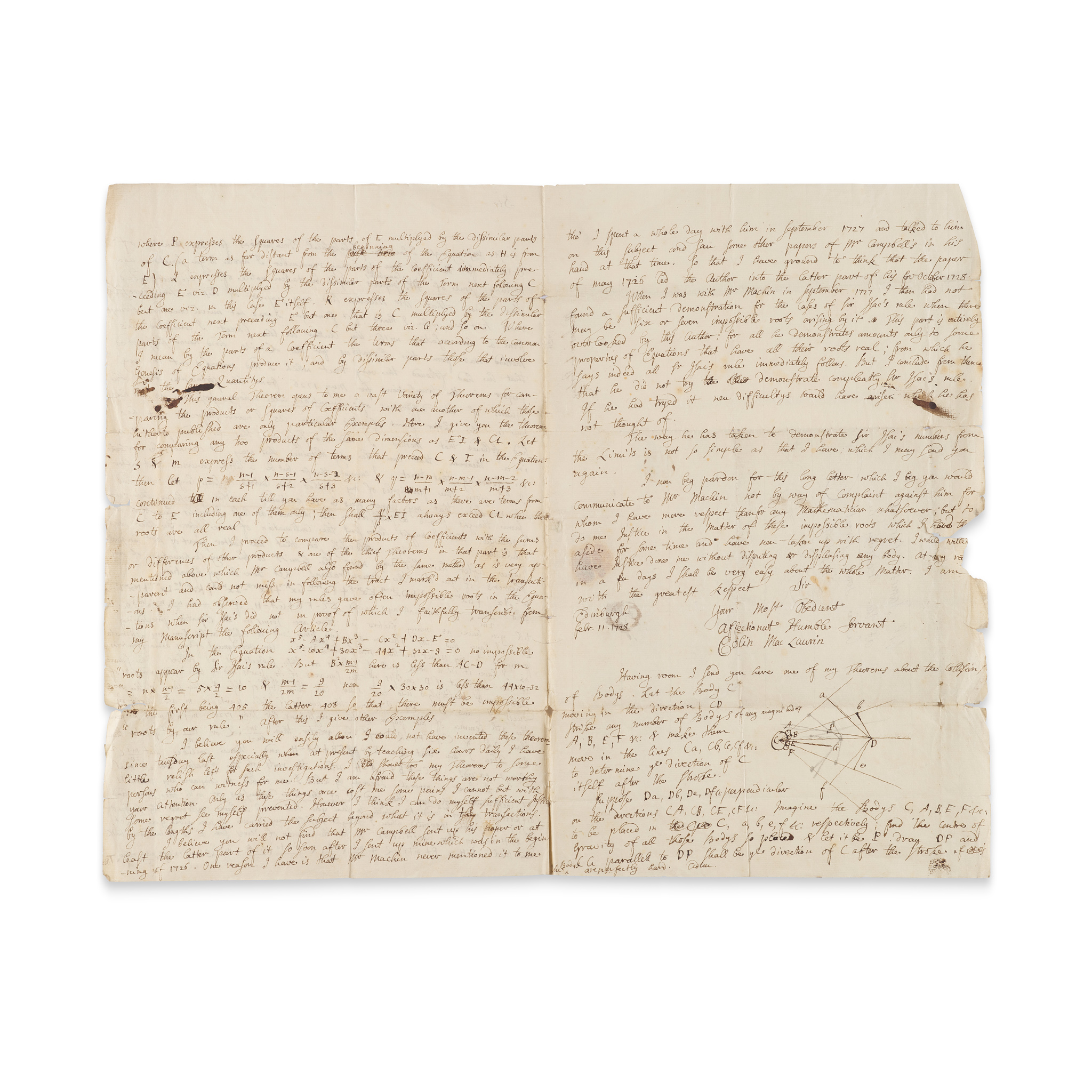
Maclaurin, Colin (1698-1746)
Autograph letter signed on the priority dispute with George Campbell over the impossible roots of equations
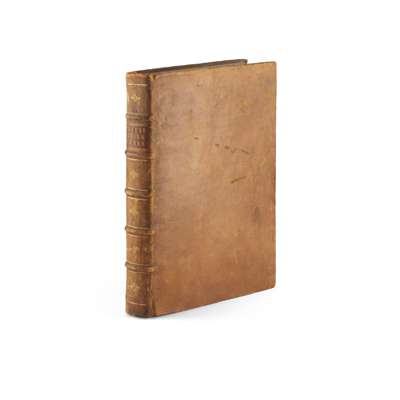
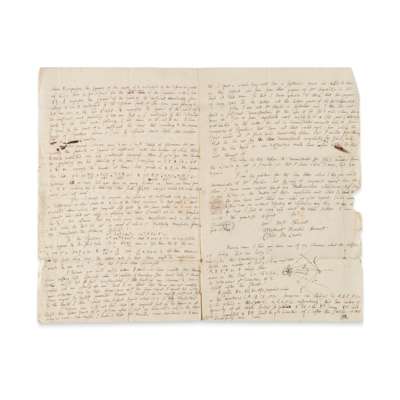
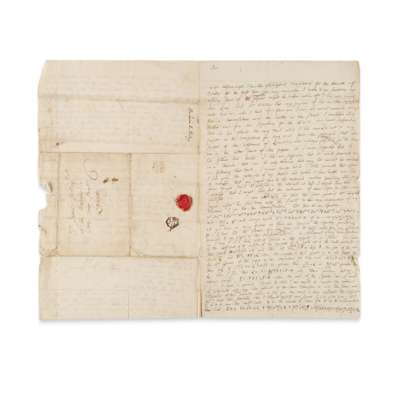


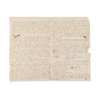
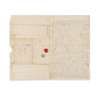
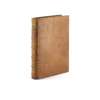
The Library of James Stirling, Mathematician
Auction: 23 October 2025 from 13:00 GMT
Description
addressed to James Stirling ‘at the Academy in Little Tower Street, London’, dated Edinburgh, 11th February 1728 [Old Style, i.e. 1729], expressing agitation regarding the replication of his work on the ‘impossible roots' in a paper by Campbell in the Philosophical Transactions for October, asserting his own claim to priority, and providing demonstrations (including one diagram), with frequent references to Newton ('Sir Isac') and John Machin: ‘I cannot therefor but be a little concerned that after I had given the principles of my method and carried it some length and had it marked that my paper was to be continued, another pursuing the very same thought should be published in the intervall … You would easily see that the latter part of Mr Campbell’s paper after he has done with the limits is the very continuation of my theorems if you had the demonstrations … I believe you will easily allow that I could not have invented these theorems since Tuesday last especially when at present teaching six hours daily I have little relish for these investigations’, foolscap bifolium written on 3 sides, 36 x 22cm, a few chips and tears to fore margins, retaining red wax seal
Footnote
The priority dispute between Maclaurin and Campbell originated in the attempt to solve two problems bequeathed by Isaac Newton in the Arithmetica universalis (1707): the rule for determining the number of complex roots of a polynomial equation, which Newton asserted but did not demonstrate, and the problem of finding limits for the roots of an algebraic equation, found in the sections titled ‘De nature radicum aequationis’ and ‘De limitibus aequationis’ respectively. Several leading members of the British mathematical establishment were dragged into the dispute, with Stirling serving as Maclaurin's main correspondent on the subject.
A historian of the episode has concluded: ‘There can be little doubt that Campbell was a very competent mathematician; and, while he may have made used of Maclaurin’s first paper in writing his own, it seems certain that he worked out the detail of his theorems for himself … Perhaps the fairest resolution of this contretemps over priority … was given in the 1732 of Newton's Arithmetica. There, its editor … Gravesande subjoined without comment Latin translations of Campbell’s paper of 1728 and of the two letters of Maclaurin, thus leaving it to posterity to decide the relative merit and originality of their work' (Mills, ‘The Controversy Between Colin Maclaurin and George Campbell Over Complex Roots, 1728-1729’, Archive for History of Exact Sciences, 1983, Vol. 28, No. 2 (1983), pp. 149-164).
Published:
Charles Tweedie, James Stirling: a Sketch of his Life and Works along with his Scientific Correspondence, 1922, pp. 62-7.







